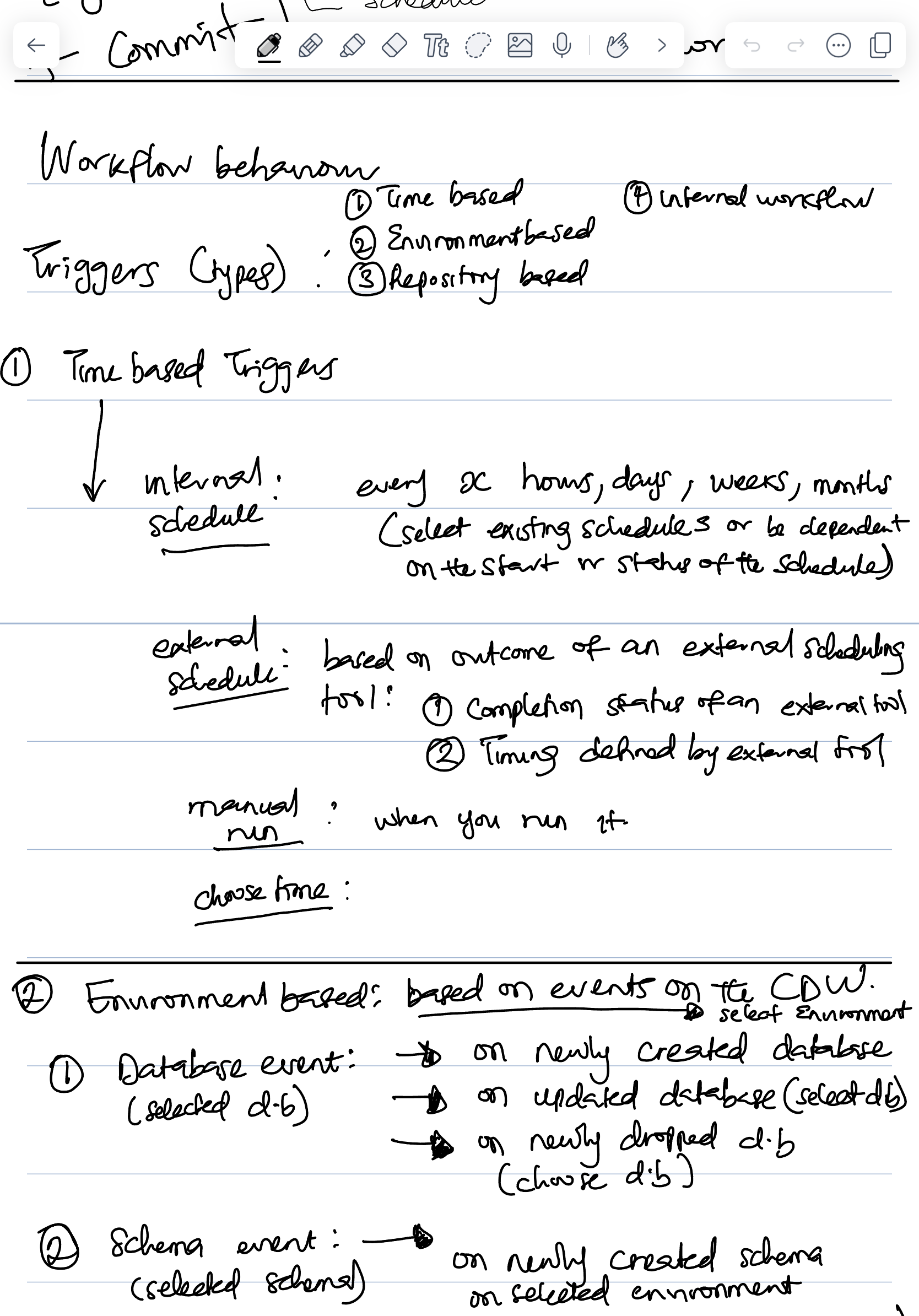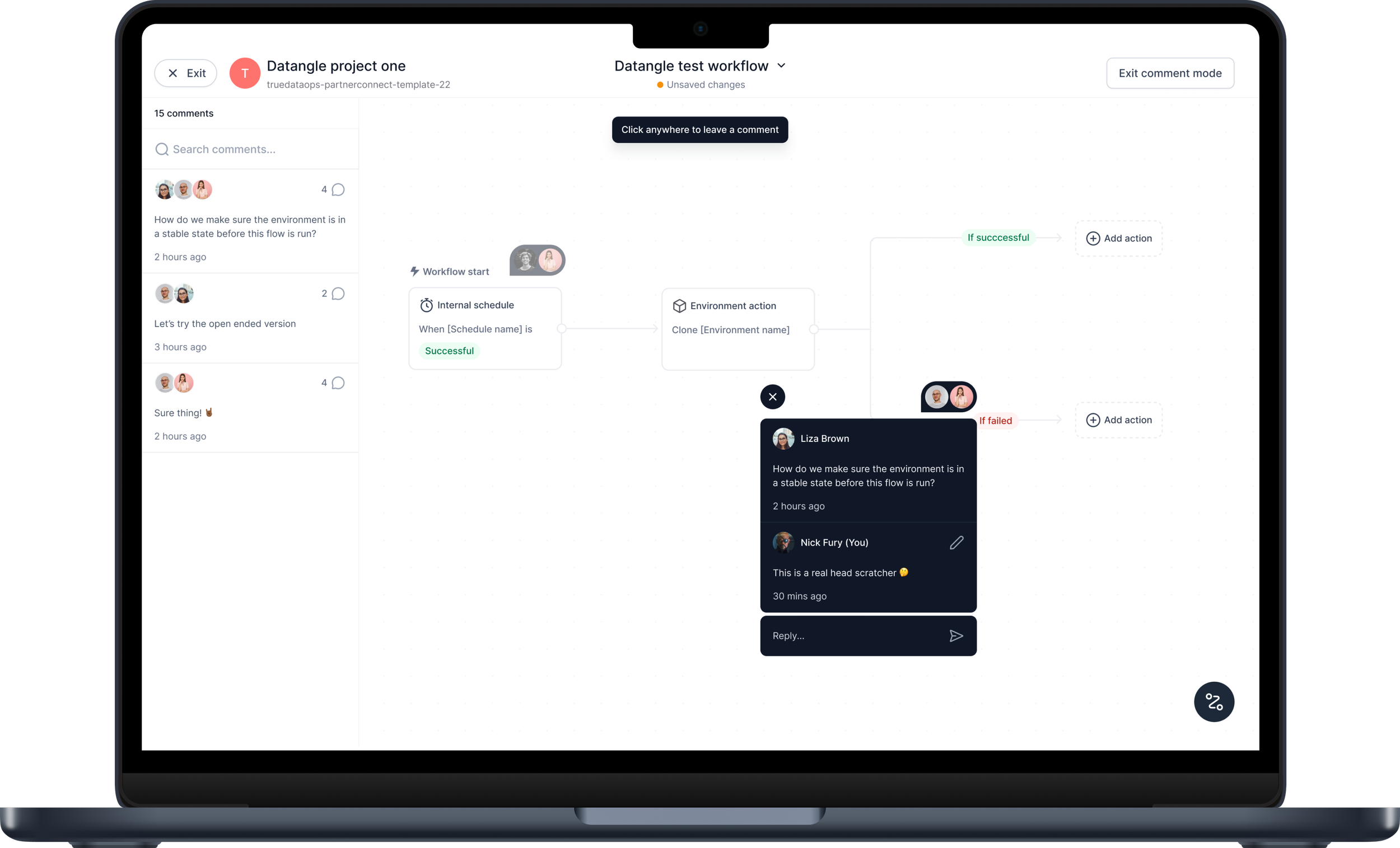Datangle: A no-code platform for modern data teams
Presentation
Case study coming soon
Background
We're amidst a data revolution, akin to the software revolution before it. This shift has spurred countless innovations, from big analytics to machine learning and the recent surge of Artificial Intelligence.
In this evolving landscape, Data Engineers serve as pivotal figures, akin to pioneers and operators, essential for sustaining industry growth. Their expertise lies in data orchestration and transformation—essentially, taking unstructured data, refining it, and producing actionable insights for informed decision-making. This process, known as Extracting, Transforming, and Loading Data (ELT/ETL), encompasses various tools and methods, reflecting the omnipresence and significance of data in modern business operations.
As demand for Data Engineers surges and the industry matures, their responsibilities grow increasingly sophisticated. Much like the early days of software engineering, where engineers juggled coding with collaborative tasks, automation, deployment, and monitoring, Data Engineers face similar challenges. Just as software engineers sought ways to enhance productivity, leading to tools like GitHub Actions and CircleCI, the data industry is ripe for similar innovations simplifying operations for Data Engineers.
Role
UI Design and Design thinking.
With a product duration of a month, I worked closely with the product manager who had already created a product requirement document for the product. This allowed me to move past market research and analysis to focus on the second half of a product designer’s job: UI and Visual Design with some information architecture.






















